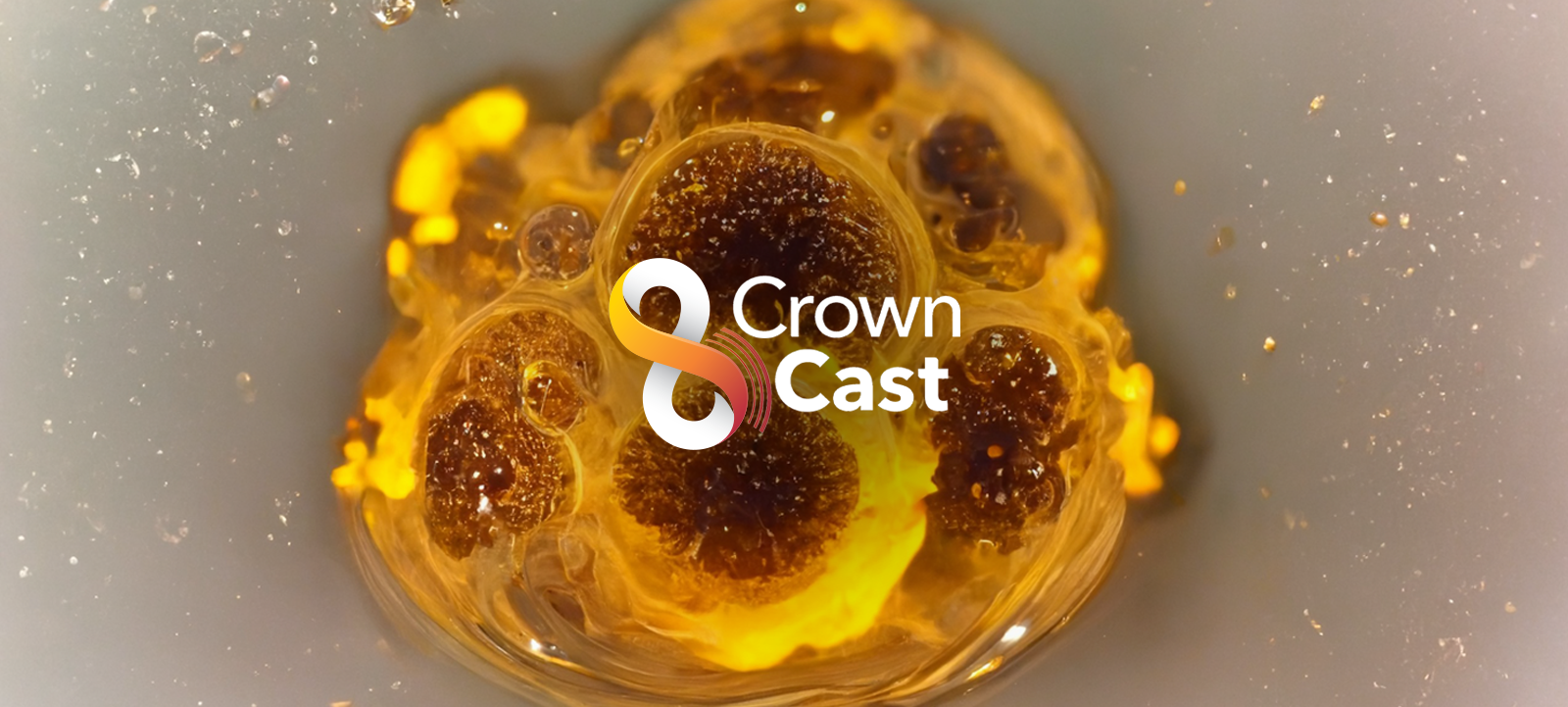The Future of Drug Development: How Organoids Are Leading the Charge

The Promise of Organoids in Modern Medicine
The conversation with Dr. Price underscores organoids' potential as accurate models of human tissue. Organoids are cultured cell structures that mimic the complexities of human organs, allowing researchers to study them under conditions that closely replicate real biological environments. The shift from traditional 2D cell lines to 3D organoids provides a more relevant context for understanding diseases and testing treatments.
For decision-makers in the pharmaceutical and biotech industries, organoids represent a key innovation extending beyond existing in vitro models. These structures hold the promise of reducing the high failure rate seen in clinical trials by providing more accurate preclinical testing, thus potentially saving time and resources while enhancing patient safety.
Real-World Impact: Industry Adoption and Challenges
The adoption of organoids is accelerating, driven by their proven correlation with patient outcomes. Dr. Price notes that drugs developed using organoids are gradually reaching clinical trials, which provides compelling evidence of their value in drug development. Despite initial hesitance among large pharmaceutical companies, increasing clinical validation has led to widespread industry acceptance, with more companies integrating organoids into their research processes.
However, challenges remain, notably in standardizing methodologies across different labs and ensuring consistent quality. Additionally, while organoids excel in recreating biological contexts, integrating them with immune system models remains a work in progress. Overcoming these hurdles will be crucial as the industry works toward broader implementation of this promising technology.
Looking Ahead: The Road to Mainstream Integration
The future looks promising for organoids, with new advances continually being made to enhance their applicability. Innovations such as synthetic substrates for growth and completely animal-free media are on the horizon, potentially removing existing barriers to their wider use. As these technologies mature, they will likely play an increasingly pivotal role in drug development, particularly in areas requiring precise modeling of patient-specific variables.
Furthermore, there is significant potential in combining organoids with ex vivo tissue platforms, which could enable the detailed study of immunotherapies and other complex treatment modalities. Such synergies could further elevate organoids as indispensable tools in the push toward precision medicine.
Conclusion: Embracing Organoids for the Future
With proven efficacy in bridging the gap between preclinical and clinical phases, organoids are fast becoming a cornerstone of modern drug discovery. For executives in the pharmaceutical industry, embracing this technology is not just an opportunity but a necessity for staying at the forefront of research and development. The insights shared by Dr. Leo Price offer a clear roadmap for harnessing organoids' full potential and illustrate a future where drug development is faster, more cost-effective, and closely aligned with real-world patient outcomes.
